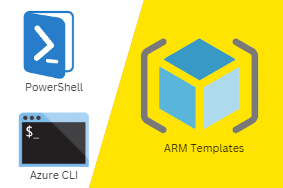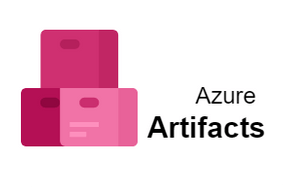The aim of this blog post is to give you an introduction to DevOps, the benefits of using it in your business and how you can use it on Google Cloud Platform. By the end of this article, you will be able to understand what DevOps is, why you should use it, and how to do so on Google Cloud Platform. If you have any questions or suggestions on anything mentioned above then please let me know by commenting below!
What is DevOps?
DevOps is an approach to developing, deploying and maintaining software. It’s an evolutionary improvement over traditional approaches like waterfall development. In waterfall, you perform a series of processes in a certain order. For example, first developers write code, then testers check it for bugs and functionality issues before it’s handed off to be deployed. With DevOps—or Agile Development—you do most of these steps concurrently. The idea is that by having more eyes working together toward one goal, you can cut down on waste and ship higher-quality products faster with fewer issues. To make things even better, as your software is being written, you’re continually monitoring for security flaws using continuous testing tools like static analysis tools and application performance management (APM) solutions.
People, Process, Technology Framework
In a nutshell, it’s people, process, technology. Each organization will have its own approach. Here are three examples: 1) A lot of attention is placed on making sure individuals in development and operations teams work together closely; 2) Processes are established (e.g., continuous integration and continuous delivery); 3) Technology tools (e.g., Jira, Jenkins, BigQuery) are used in order to make best use of automation tools and enable frequent deployments. In some cases, organizations may decide they don’t need specific technology if it doesn’t fit within their existing platform/toolset. That said, there are many moving parts that make up DevOps practices—the toolset for example can change or vary depending on an organization’s needs.
Three Pillars of DevOps
DevOps is a set of cultural and organizational practices that help companies treat IT as an integrated whole. Though it’s always been around in some form, cloud computing has propelled DevOps into business consciousness because it underscores how developers and operations teams can work together seamlessly. Any organization considering adopting cloud should therefore strongly consider incorporating these principles as well, lest they find themselves living a perpetual Catch-22 situation of IT not being able to keep up with demand while, at the same time, slow performance or outdated software are giving their end users reasons to look elsewhere. Regardless of where you are in your cloud journey (considering going all-in or simply dipping your toes), here are three crucial components
The three pillars of a well-functioning DevOps organization are, in order: a strong focus on culture, good communication and collaboration between teams, and continuous learning. Culture should be defined as something that influences actions; accordingly, it’s important for everyone involved to understand how best to approach their jobs. It can seem awkward or unproductive at first for engineers and other highly technical staff members to open up with leadership about how they feel their workloads could be better balanced or where they believe process improvements might help avoid roadblocks. However, if everyone works together from day one as if they were part of one team rather than siloed groups, then over time real collaboration will develop organically and make for smoother work flow overall
Key Enablers for Successful Integration
Support for CI/CD and Microservices: Building and deploying new versions of software that runs in production is an important part of running a high-performing app. When you work with Google, you’ll get support for continuous integration (CI) and continuous delivery (CD), which will help you automate your code tests and deploy directly into production environments. Our infrastructure handles common deployment scenarios, allowing you to focus more on developing features than configuring infrastructure. In addition, we offer robust microservices support—Google Kubernetes Engine allows you to run containerized applications using Kubernetes. Containerization technology delivers better security by keeping applications separate from each other while letting them interact as needed through APIs or other channels.
Tips For Running A Successful DevOps Project On GCP
The Advantages Of GCP, On-Demand Compute And Auto-Scaling Services Offer A Flexible Approach To Running The Fleet Of Machines You Need For A Successful DevOps Project. Consider Enabling Version Control and Automated Testing Services To Better Monitor Your Software Development Lifecycle. Once Your App Is Built, Use Tools Like Deployment Manager and Container Engine To Ship Your App And Release Updates Safely While Minimizing Security Risks. Finally, Keep An Eye Out For New Features And Services As They Become Available Because The Future Looks Very Bright! The following is an example of how your post should be formatted
Considerations For Adopting a DevOps Approach with GCP
When it comes to delivering value with technology, nothing is as valuable as a well-oiled devops machine. In 2018, organizations will have many choices when it comes to implementing their technologies and approaches—which is great news for both them and their customers. Even though devops has been around for some time now, there are still quite a few people who don’t know what it means or how it could apply to them in specific situations. Perhaps you don’t have a large IT team and aren’t ready for traditional enterprise grade solutions—but aren’t ready for bare metal servers either. The good news is that several new technologies make 2017 one of the best times yet for implementing devops practices at your organization.



0 Comments